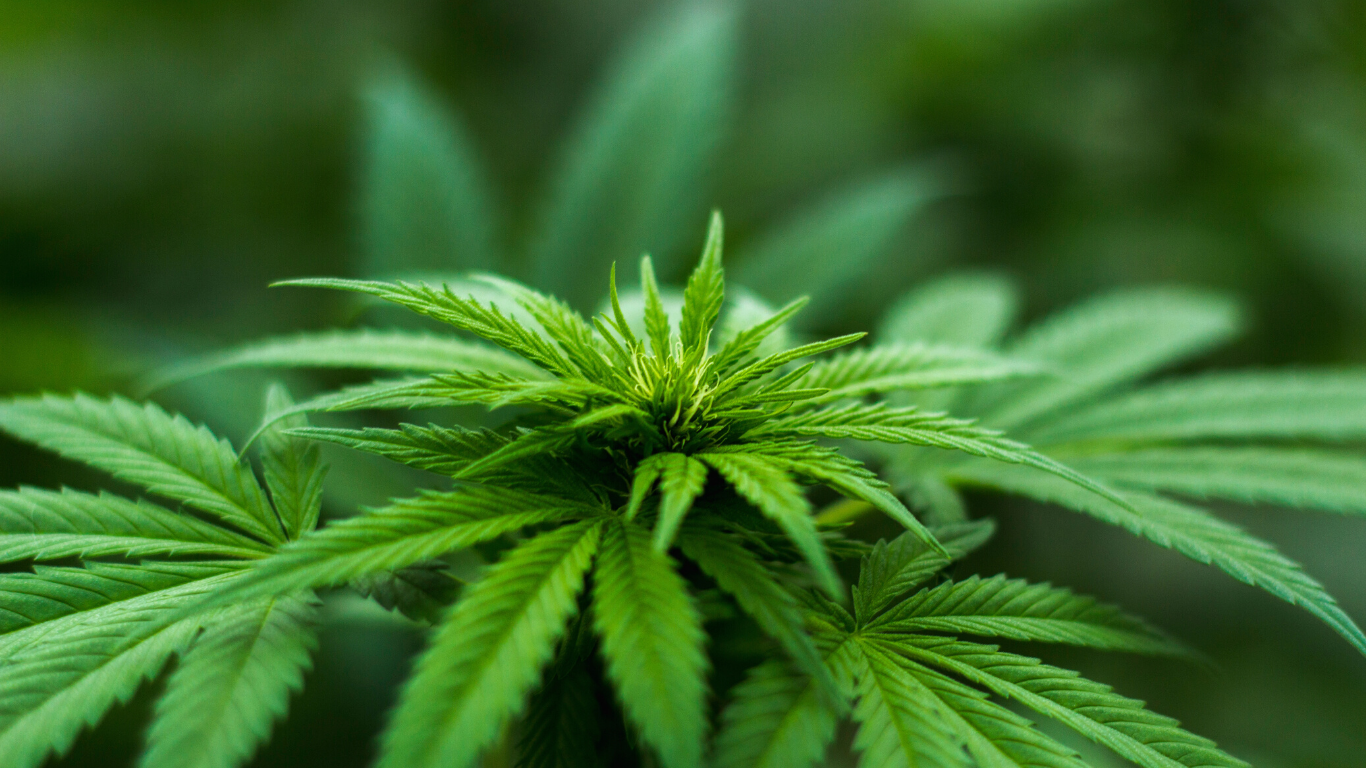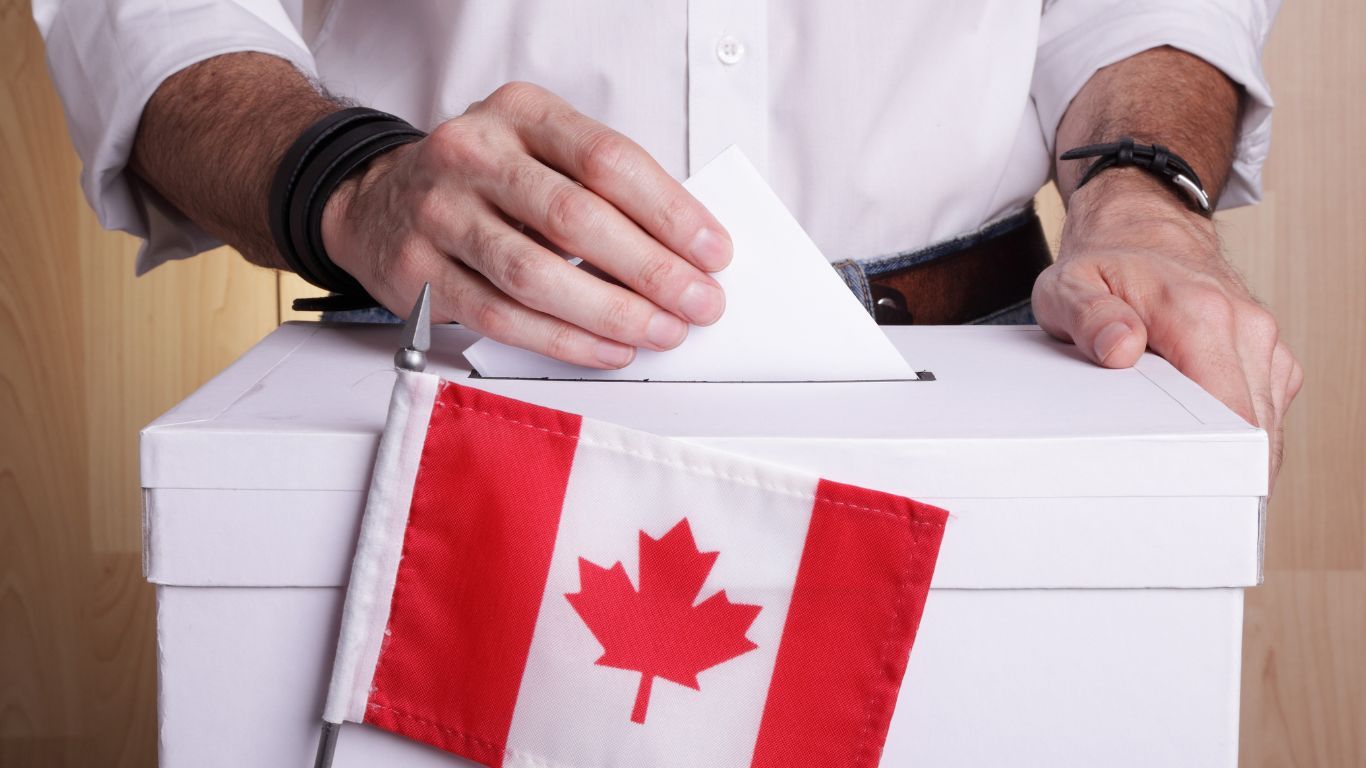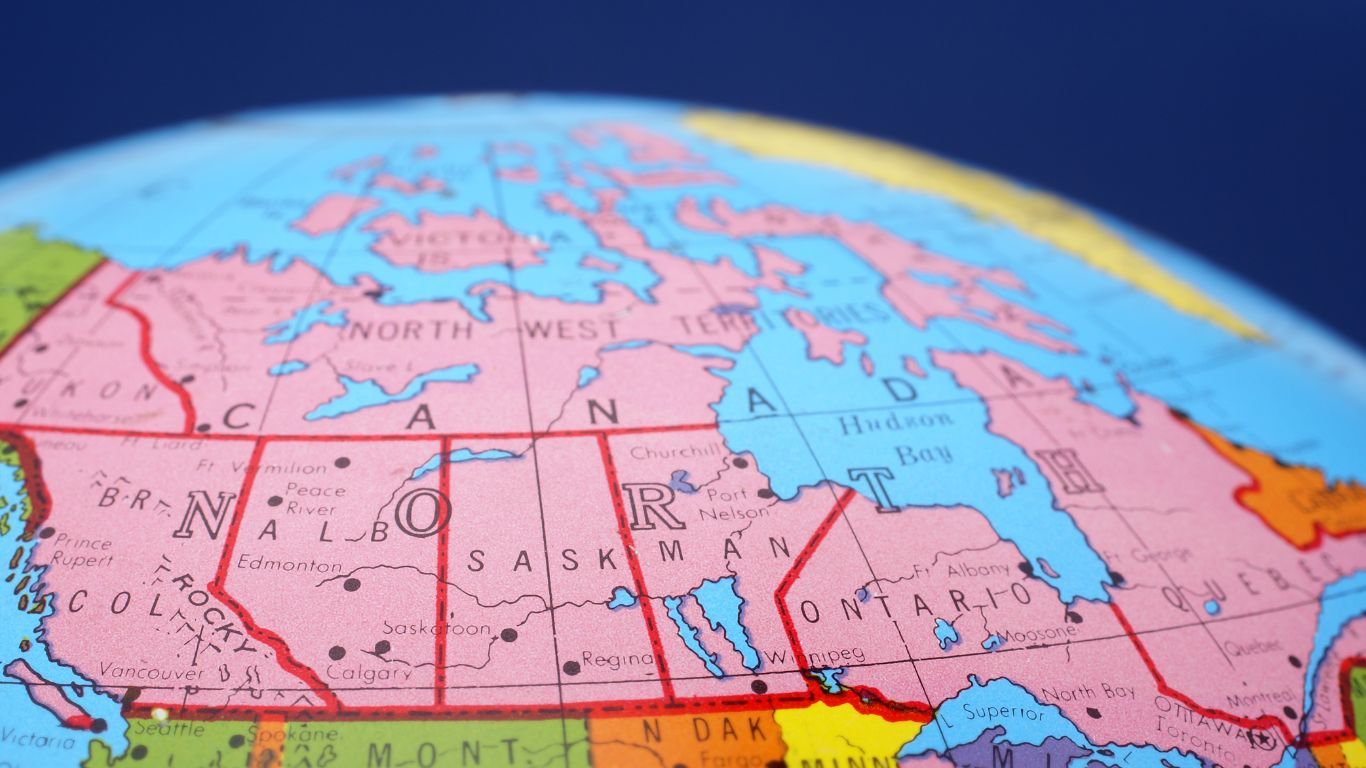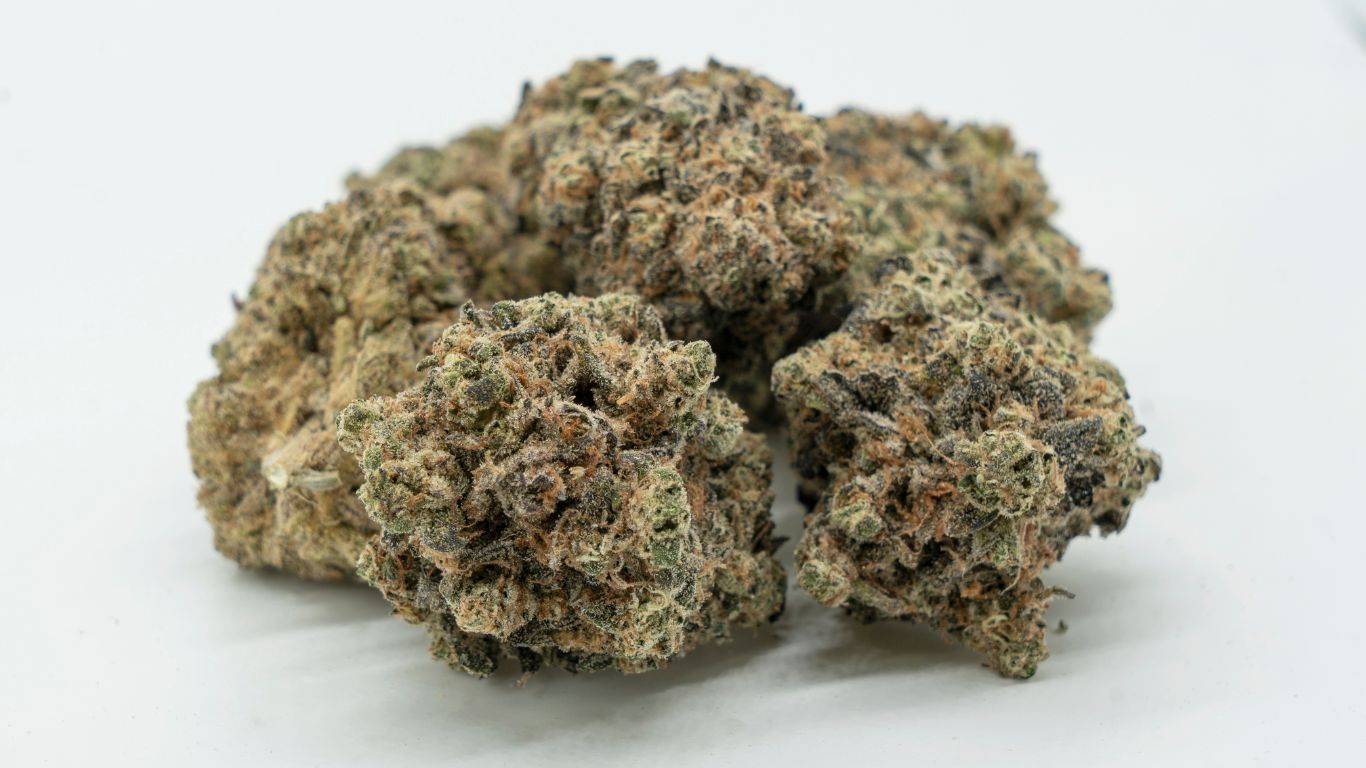
As Canada reaches its two year anniversary of the legalization of cannabis, StratCann reached out to three Canadian cannabis advocates who have helped shape this decades-long process to get their perspective on what has gone well and what still needs changing.
You can also check out our longer, in-depth interview with Cannabis Legalization and Regulation Task Force Chair Anne McLellan here.
ABI ROACH – Senior Product Manager at the Ontario Cannabis Store and long time cannabis activist and former owner of the Hotbox Café in Toronto’s Kensington Market
WHAT HAS GONE WELL
That legalization happened! I have been advocating for legalization for more than 20 years. The fact that Canada realized this monumental step forward is such a great accomplishment.
Launch of Cannabis 2.0: Since the launch of 2.0 products, we’ve seen a lot of innovations from LPs. We now have chocolates, soft candy, hard candy, tea, cookies, beverages in all sorts of flavours. Some are very popular and sell out quickly. I feel that we’ll continue to see much more innovation in these categories.
Pricing: We know that to win over the legacy market, we have to be competitive on pricing, and we’ve moved that needle by a lot. For the first time ever, our prices are actually lower than illegal prices. This is a huge deal. I do want to emphasize though, that price is not the only factor. Legal products are also much better quality, and many from the legacy market are finding that.
Stigma has decreased: I think two years in, a lot of the fears around legalization have dissipated. Neighbourhoods didn’t get destroyed; crime rate didn’t go up. What’s also interesting is that a whole generation of 19-25 year-olds were raised on legalization. They’ve only really known legal cannabis. To them, buying cannabis is just like buying any other legal consumer packaged good.
WHAT CAN BE IMPROVED
Transitioning from legacy market: I’m from the legacy market myself, and now I work at the OCS. I would love to help create more opportunities for legacy people to transition to the legal market. As more legacy people transition, the more inclusive the industry will be, and the more legacy customers will follow, too.
Bringing in more micro / craft growers: In the beginning of legalization, only the big players with substantial capital could participate in the cannabis market. I’d like to see lower entry barriers for the smaller players. We are starting to see more micro-growers now, so that’s exciting. People are so passionate about artisanal products such as craft coffee, and I feel it’d be the same with cannabis. Consumers want to have a connection with the person who made the product.
Sustainable packaging: We need to be more sustainable in our packaging. We are starting to see innovations and better packaging. For example, LPs are using “tuna cans,” which seal in the optimal moisture level while reducing waste. Also, something as simple as not using black plastic can go a long way.
Evolving regulations: As one of the first countries to legalize, I think we’ve done a decent job considering we had no blueprint to follow. Two years in, we can see where we can improve. For example, I’d like to see the beverage weight equivalency changed. So, I think that as the industry matures, we will continue to reflect on what’s working well and what’s not and evolve accordingly.
JONATHIN ZAID – founded of the Canadians For Fair Access to Marijuana (now Medical Cannabis Canada (MCC) in 2014 and is now an advisor for the Campaign for Cannabis Amnesty
WHAT HAS GONE WELL
The government’s main objectives for legalization, including limiting youth access and increased product safety, have successfully been met. The illicit market and consumers continue to transition to the legal market as producers introduce quality products at competitive prices. By reducing the criminalization of cannabis, we’ve been able to promote public health while limiting arrests and stigma.
WHAT CAN BE IMPROVED
Social justice, diversity, and equity have largely been left to the industry to self-regulate. Given the historical consequences of prohibition on BIPOC, it’s essential both government and industry take concrete actions to create a more diverse and inclusive legal industry.
With little standards around environmental sustainability practices, many operations have significant impacts on the planet including CO2 output, water consumption, and waste creation. Medical cannabis access has largely been unchanged post-legalization. While a separate stream for patients is important – access is still hindered by limited insurance coverage, taxes, and no retail/pharmacy distribution.
The first two years of legalization in Canada has taught the world that cannabis can be responsibly produced, distributed, and consumed in a regulated environment. Moving into the three-year review of the Cannabis Act, there should be concrete steps taken to address sustainability, social justice, equity, and diversity. Government and industry must work together to ensure further inclusion of businesses owned by women, BIPOC, and LGBTQ2+ entrepreneurs.
GEORGE SMITHERMAN – President of the Cannabis Council of Canada and former Ontario Deputy Premier
WHAT HAS GONE WELL
We actually did it!: Broadly speaking, considering the boldness of the initiative and the various political and social risks, the legalization of cannabis has proceeded in an orderly fashion that I might describe as quintessentially Canadian.
The sky didn’t fall: The model has served well to address critical social concerns such as efforts to prevent youth adoption, ensure safe driving and the maintenance of public order.
Jobs: The investment associated with the legal cannabis sector has contributed billions across the country and brought economic renewal especially in rural and remote parts of Canada and the cannabis sector continues to provide hoped for economic growth as Canadian retail markets expand alongside emerging global markets. Significant employment opportunities across the cannabis sector will continue to grow as markets mature.
Taking profits from the illicit market: Efforts to eliminate the illicit market show progress every month and Canadian cannabis companies have led the way with significant price reductions, meanwhile providing Canadian cannabis consumers with an exciting array of quality, tested products.
WHAT CAN BE IMPROVED
Too many marketing restrictions: Retail data is clearly showing that Canadian cannabis is being largely differentiated on the basis of potency and price and the drive to strength and price may be an unintended public health consequence of marketing prohibitions that make it difficult to build perceived brand value/ quality.
Regardless of size, all players are impacted by challenges of building communications with consumers and with enhanced participation from micro processors and indigenous growers the challenges will grow.
Taxes are too high: As Cost of Goods have been reduced it is ever clearer that the burden of cost from excise taxes, distribution and retail markups and HST creates distinct competitive advantages for the illicit sector. Similarly the imbedded cost of regulation contributes to the cost advantage for the illicit sector
Allow more exports: Canada could do more to embrace global leadership and first mover advantage by being more proactive in supporting exports to countries with accommodating regulatory models
Insufficient social justice progress on expunging the records of Canadians burdened with a record for cannabis possession calls out for immediate attention from the national government. Patient access and pricing continues to place too high a burden on medicinal cannabis patients.











